Do you need help?

Considerations for putting your dog to sleep
Euthanasia, which means good death, refers to a deliberate intervention carried out to relieve pain or suffering which usually can’t be cured or managed adequately.
Euthanasia is one of the most difficult decisions anyone can ever make for their dog, with different, and at times conflicting, emotions running high. The overriding emotion is to ‘do the right thing’ for your beloved companion, to fulfil your commitment and responsibility as their friend and caretaker to relieve their suffering. Although in time you will look back on this decision as a source of comfort, it can be conflicted by guilt or confusion in the early stages.
For example, you may worry that you made the decision too late, or indeed too soon (euthanasia remorse). And of course, the loving and courageous decision also comes with the knowledge of impending pain and upset due to grief and bereavement. To end a dog’s suffering, we must unselfishly and lovingly choose to accept our own.
Is it better to wait until your dog passes away peacefully at home?
It can be tempting to think that rather than having your dog euthanased, it is better to keep them at home indefinitely and ‘let nature take its course’, to wait until they pass away peacefully in their sleep. However, despite being very ill, it can take a long period of time for natural death to come. In the meantime, your dog may be in pain, unable to eat or drink resulting in dehydration and malnutrition, incontinence, collapse or breathing difficulties. Undoubtedly, some animals do die peacefully and comfortably at home in what can be a very moving and natural experience. However, this is often only possible if excellent end-of-life/hospice care can be provided by a team with the right expertise. Teams such as this are thin on the ground, not just in the UK but worldwide, and at the present time, most veterinary professionals would recommend that euthanasia is performed to try to safeguard your pet’s welfare and avoid any unnecessary suffering.
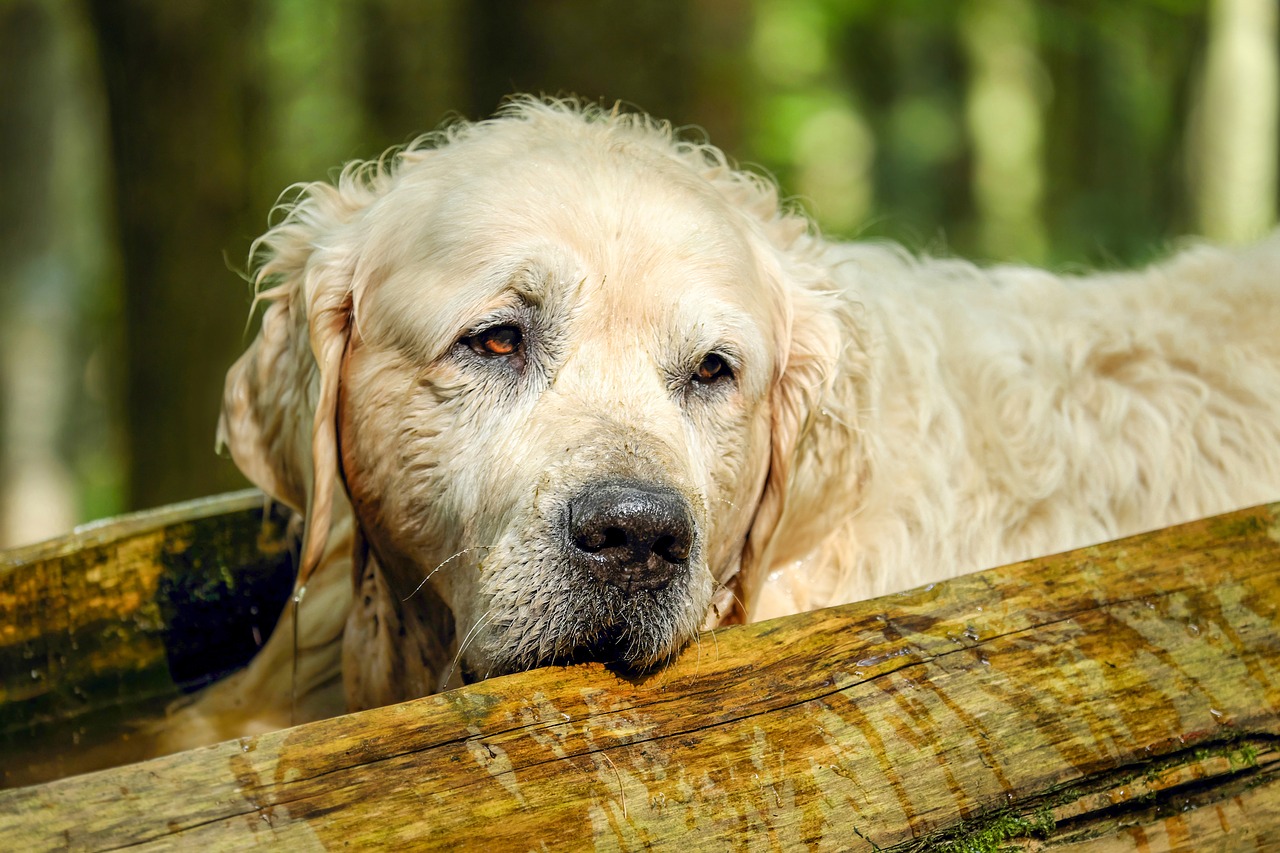
When is the right time to put my dog to sleep?
As a general rule, it’s better to perform euthanasia sooner rather than later as waiting too long can lead to unnecessary suffering. Deciding when the time is right is a personal decision that only you and your family can make. However, you should listen to what your dog is telling you through their demeanour and behaviour. You should also take on board advice from your vet, friends, pet bereavement counsellors and others.
You should discuss your dog’s condition with your veterinary surgeon as much as possible and ask for advice about what signs and stages of illness to look out for. Although not always the case, it’s often possible to assess your dog’s quality of life over a period of time and judge whether they are having more bad days than good ones. Being well informed about the illness and what to look out for can help you decide in advance on an appropriate end-point that triggers euthanasia. This will minimise the amount of suffering your dog endures. For example, it may be when they stop eating for more than one day or can no longer exercise without struggling to breathe.
What should I do if I can't afford treatment fees?
For dogs who are seriously ill, it’s important to consider the potential cost of ongoing and future treatment. If you do not feel you are able to afford this then it’s absolutely right and reasonable for you to factor cost into your decision on whether or not to put your dog to sleep. Ultimately it’s in neither your, nor your pet’s, interest for treatment to start and then stop due to financial constraints. You should try not to feel guilty if cost is a big factor in your decision.
Essentially the decision to have your dog euthanased should be made with their best interests at heart, based on realistic and reasonable expectations of prognosis and what can be medically achieved, and with the one true knowledge that euthanasia in all cases brings peace and relief from pain and suffering to your beloved companion.
How much does it cost to have a dog put to sleep?
At the time of writing, the average cost of putting a large dog to sleep in a veterinary clinic – with a communal cremation – ranges from around £80 to £200. Please bear in mind that if you do opt for euthanasia there will be a fee for the vet’s time as well as the drugs involved. This fee varies from practice to practice and is usually higher for larger dogs. It’s worth noting that pet euthanasia at home or in an out-of-hours emergency clinic typically costs more than it in a daytime veterinary practice.
Some practices will include the cost of cremation in their fee while others won’t so it’s always worth asking what the euthanasia fee includes.
You might also be interested in:
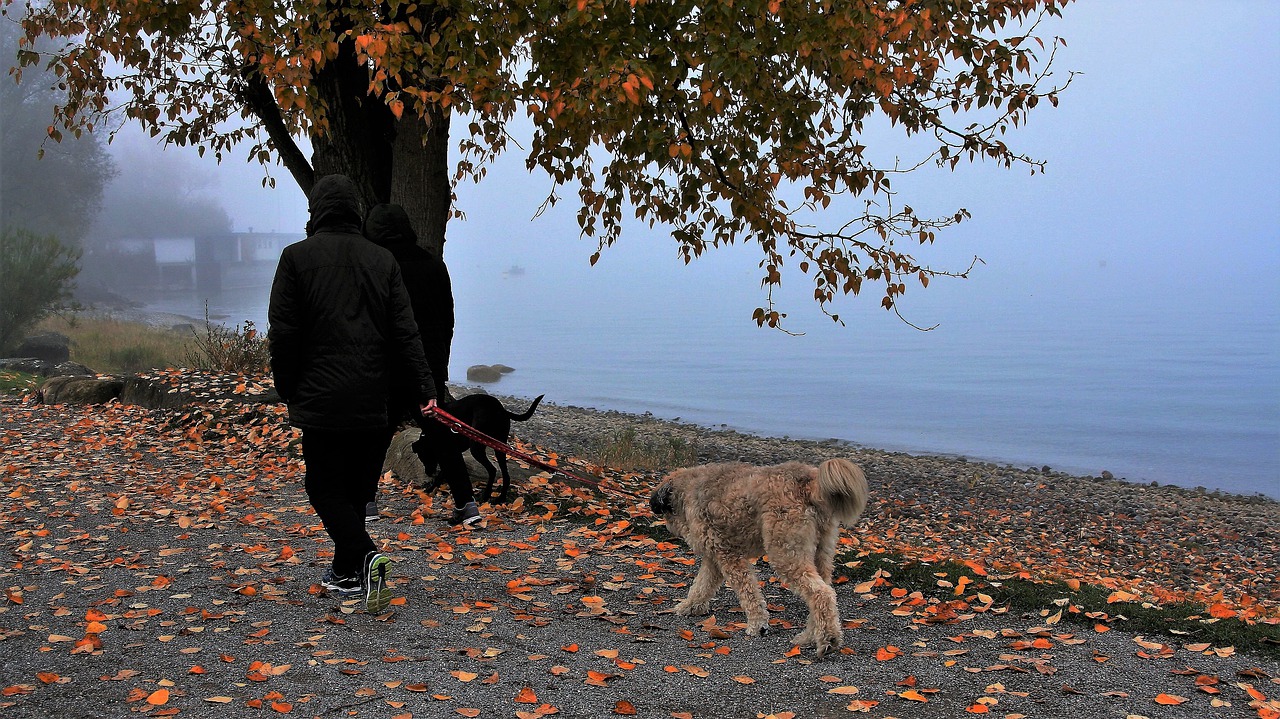
How to prepare for putting dog to sleep
One of the ways to minimise the distress associated with getting a dog put to sleep is to inform yourself about what’s involved – and to make sure the whole procedure is carried out in a way and place you are comfortable with. Being prepared will hopefully minimise any feelings of guilt or ‘I wish we had done it differently’.
Some animals are euthanased following a rapid deterioration in their health and there’s little or no time to prepare. However, if there is time, some things to consider include:
Euthanasia at home versus at your veterinary practice
Most veterinary practices offer euthanasia at home. This is not suitable for everyone but some benefits include your pet remaining in a familiar and less stressful environment, for example in their favourite spot in the house, and often a quieter and more private experience for the family. Potential disadvantages include:
- the process can be more difficult from a practical point of view
- the vet is less able to deal with any complications that may arise, albeit these are rare
- there is likely to be less flexibility in terms of when the vet can come out to the home
- the cost may be greater
- some people find having euthanasia done at home worsens their grief as there is a more tangible reminder of the experience
If euthanasia is performed at home, most veterinarians will be willing to take your pet’s body away with them for aftercare depending on your preferred option. If euthanasia is performed at your practice, consider taking your pet’s favourite bed or blanket with you for them to lie on during the procedure.
Timing
It’s important to consider both the time of the day and the day of the week. For example, it might be best to book an appointment at a time when the practice is likely to be quiet so the appointment is not rushed. Or you may want to schedule a time that allows you to have a final meal or walk with your pet before taking them to the practice. You may need to consider whether you’re able to take some time off work to grieve. If euthanasia is to be performed at home, timing may be restricted by the availability of the veterinarian. You may also wish to arrange a time when the children are away from the home.
When you arrive at the practice for the euthanasia appointment, you may prefer to wait in the car with your pet and ask to be called in when the vet is ready so that you can go straight into the consultation room.
Veterinary staff
In many cases, a vet or a vet nurse will have been responsible for your pet’s care and will have developed a relationship with your pet. Consider this when booking the appointment as it’s generally more comforting to have euthanasia performed by staff you are familiar with.
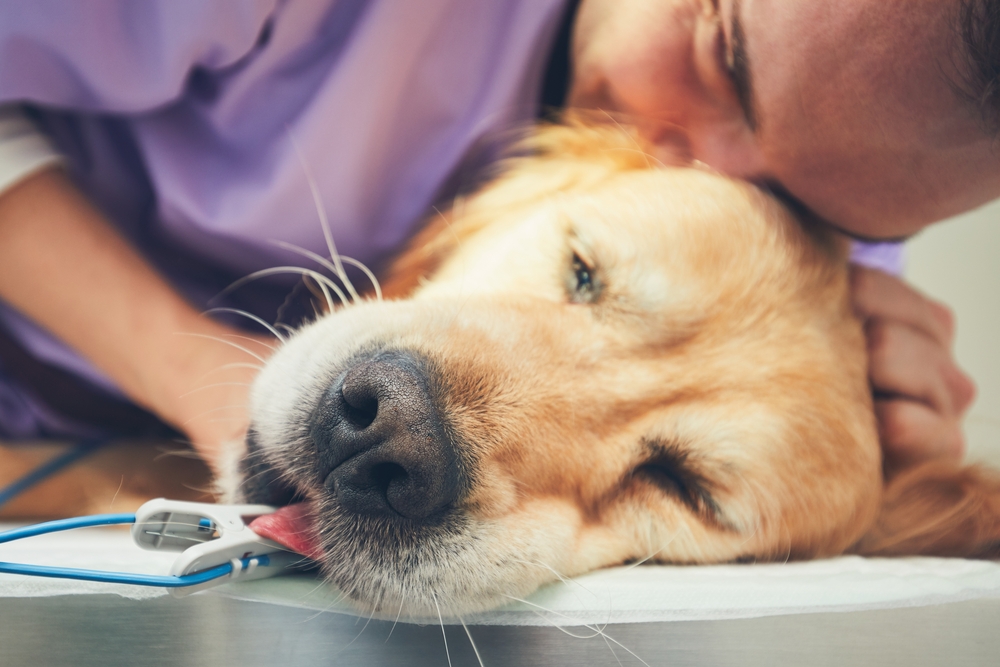
What happens when an animal is euthanased?
Getting a dog put to sleep should be a quick, peaceful and pain-free procedure for your dog, regardless of where it’s performed. The standard euthanasia process is as follows:
- Your pet is made as comfortable as possible, for example lying on a soft bed.
- A nurse or other suitable assistant will usually help to hold your pet; if you are present for the euthanasia it is usually possible for you to continue to stroke, talk to and comfort your pet.
- The veterinarian will clip a patch of fur on one of your pet’s legs – usually a front leg – over the site of a blood vessel (vein).
- The veterinarian will then place an intravenous catheter (cannula) into the vein and check that it is working fine by flushing some saline solution through the catheter.
It’s worth noting that not all veterinarians routinely place an intravenous catheter – some tend to inject the euthanasia solution directly from a syringe via a needle into the vein. However, the use of an intravenous catheter is recommended as it ensures the euthanasia solution does not leak out of the vein which can be painful. In addition, once the catheter is placed, it is usually then possible to relax the restraint on your pet and allow you more access while euthanasia is performed. You should feel free to discuss the use of an intravenous catheter with your vet and make your wishes known. Some practices may charge a small additional fee for the use of an intravenous catheter and you may need to clarify this.
Will my dog be given a sedative before being put to sleep?
In some cases a sedative is administered to relax your dog and allow the intravenous catheter to be placed with minimum distress, or once the intravenous catheter has been placed to ensure euthanasia goes smoothly. However, this is not done in all cases and it depends, for example, on the behaviour and demeanour of your dog. It’s advisable to discuss this with your practice and clarify your wishes in advance. If you’re in any doubt, a sedative is recommended.
The next step is for the vet to administer the euthanasia solution via the intravenous catheter. The euthanasia solution contains a drug called pentobarbital that used to be used as a general anaesthetic drug. Euthanasia is essentially achieved by administering an overdose of this drug and your dog will be unconscious at the time of death. Please be assured your dog won’t know it’s the end of their life. The drug works quickly, typically within seconds, and causes your pet’s muscles to relax, breathing to cease, and finally their heart to stop beating. The vet will check your dog’s heart has stopped before confirming to you that they’ve gone.
In some cases, your pet may pass urine or stools or even gasp or twitch. These are reflexes that can occur when their heart has stopped. You shouldn’t interpret these as a sign your dog is still alive. It is also important to know that when animals die their eyes typically remain open. Following euthanasia, you may want to spend a few moments alone with your pet saying goodbye. Some people like to take a tuft of fur or a whisker or the pet tag or collar as a memento.
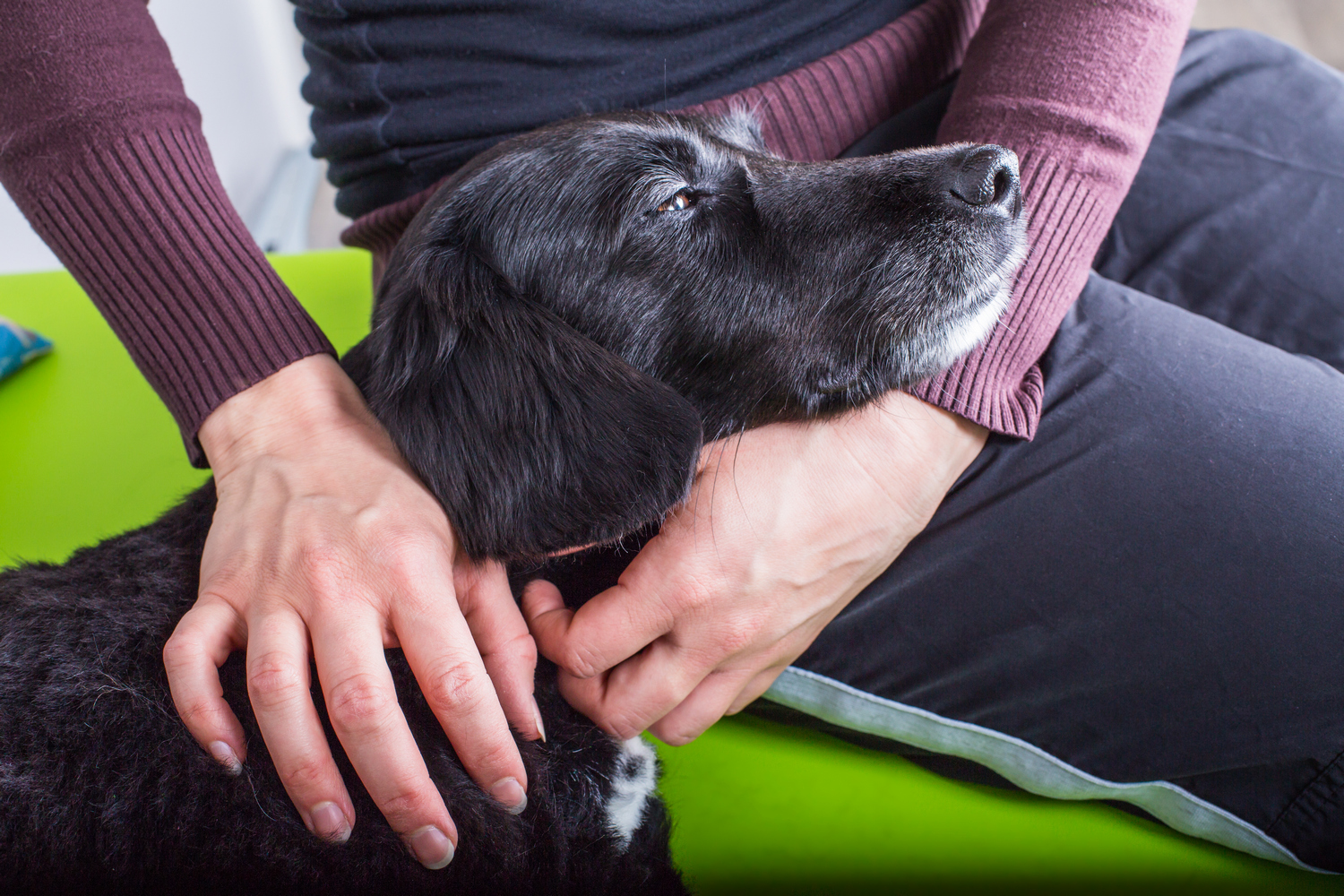
Should I be present when my dog is being put to sleep?
Watching your dog being euthanased is emotionally distressing and some people simply can’t face it, while others would rather not see their dog dead. Many owners choose to avoid the euthanasia procedure but then spend a few moments saying goodbye afterwards.
There is much to be said for being present during the euthanasia. As your dog’s best and most trusted friend, it’s logical to think that you being there will provide your dog with the maximum amount of comfort possible. Some owners who choose not to be present during euthanasia go on to feel a sense of guilt that they abandoned their dog during their final moments. Witnessing your dog’s final moments also eliminates any concerns you might have in the future about your dog not experiencing a peaceful end.
Although there are no hard and fast rules, in general, it’s recommended you stay with your dog during euthanasia. However, if you feel that your own emotional responses and grief will not distress your dog then perhaps being present is not sensible.
Should our children witness our dog being put to sleep?
Whether or not children should be present during euthanasia depends on their age, maturity and personality. This is a decision that parents are best placed to make but your vet may be able to advise you. Some practices discourage children from being present so it’s wise to discuss this in advance if possible.
Another consideration may be deciding who else – if anyone – you would like to have present during the euthanasia. If you wish to be alone, you may still want to ask a friend or family member to accompany you to the appointment so you will have support afterwards. It’s also important you have someone to drive you home in a distraught state. The other option is to take a taxi and return later to collect your vehicle from the practice.
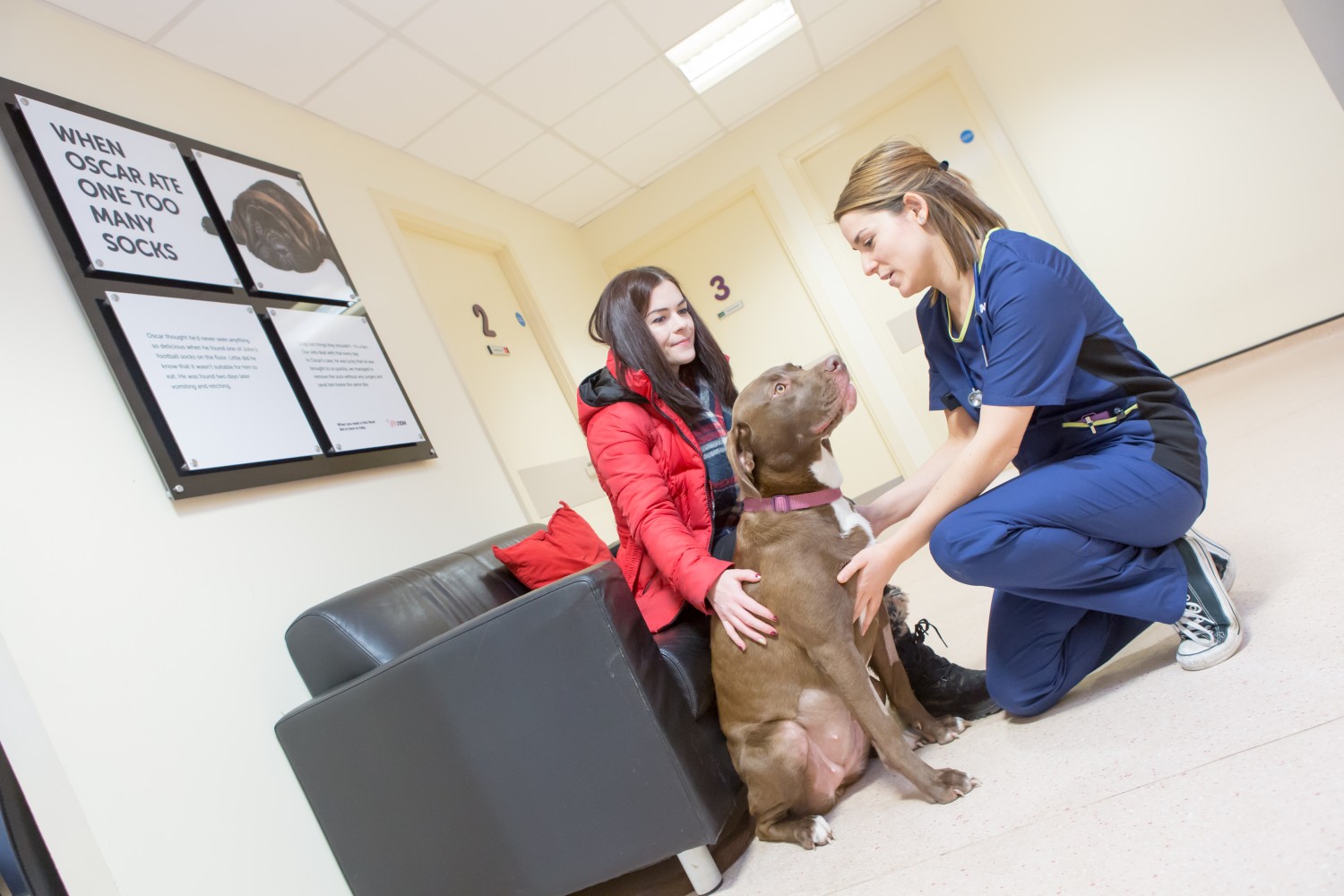
What happens after my dog has been put to sleep?
Once your dog has been euthanased, there are a number of aftercare options. If time allows, try to discuss these with your family and vet beforehand, rather than making decisions in an emotionally distraught state.
Ideally, you should do what you feel best preserves the memory of your dog. In reality, this will depend on a combination of personal, spiritual, practical and financial considerations.
As far as spiritual considerations are concerned, some people do not believe in the concept of a ‘soul’; others do not feel that their dog’s soul and spirituality is linked to their physical remains. For others, having the physical remains provides a greater sense of spiritual closeness to their dog or a greater sense of comfort. These considerations are entirely natural. You will know your own preferred option. However, it’s important to make sure that the final decision is a family one and to remember there is no right or wrong decision, just differences in opinion.
Cremation
There are a large number of dog crematoria, many of which offer pet owner visits as well as other services such as memorial gardens. Most veterinary practices will use the services of one particular crematorium having developed a relationship over several years. In general, the dog crematorium will collect your dog’s body from the practice for cremation. While you are free to enlist the services of a different crematorium, it would be sensible to discuss this with your practice first.
If you decide to have your dog cremated, the next decision is whether to have a communal or an individual cremation:
Communal dog cremation
This is when your dog’s body is cremated along with the bodies of other people’s dogs. In some dog crematoria the ashes are then scattered in a garden of remembrance. Following a communal cremation, it may be possible to have token ashes returned to you – however, you must remember that these may or may not be from your own dog. A communal cremation is usually far less expensive than an individual cremation.
Individual dog cremation
This is when your dog’s body is cremated individually and it’s, therefore, possible to have their ashes returned. Most crematoria offer a number of different urns, caskets or scatter boxes according to your preference and it’s worth researching and deciding this beforehand. For example, do you want to keep the ashes in the home, bury them in the garden or scatter them in one of your dog’s favourite spots? It may also be possible to have the ashes returned in a less elaborate container while having an urn or casket made privately to suit your own design requirement. In general, it takes up to two weeks following euthanasia for your dog’s ashes to be returned.
One of the questions owners often ask is “how do I know that my dog has , individually and these are actually their ashes?”. In general, it is not possible for you to witness the cremation process but some crematoria may allow this. Most crematoria, however, are very happy for you to visit them and see the process involved once your dog has been collected from your practice. Bear in mind that most dog crematoria are well-established, family-run enterprises set up by dog lovers and built on a reputation for trust and compassion.
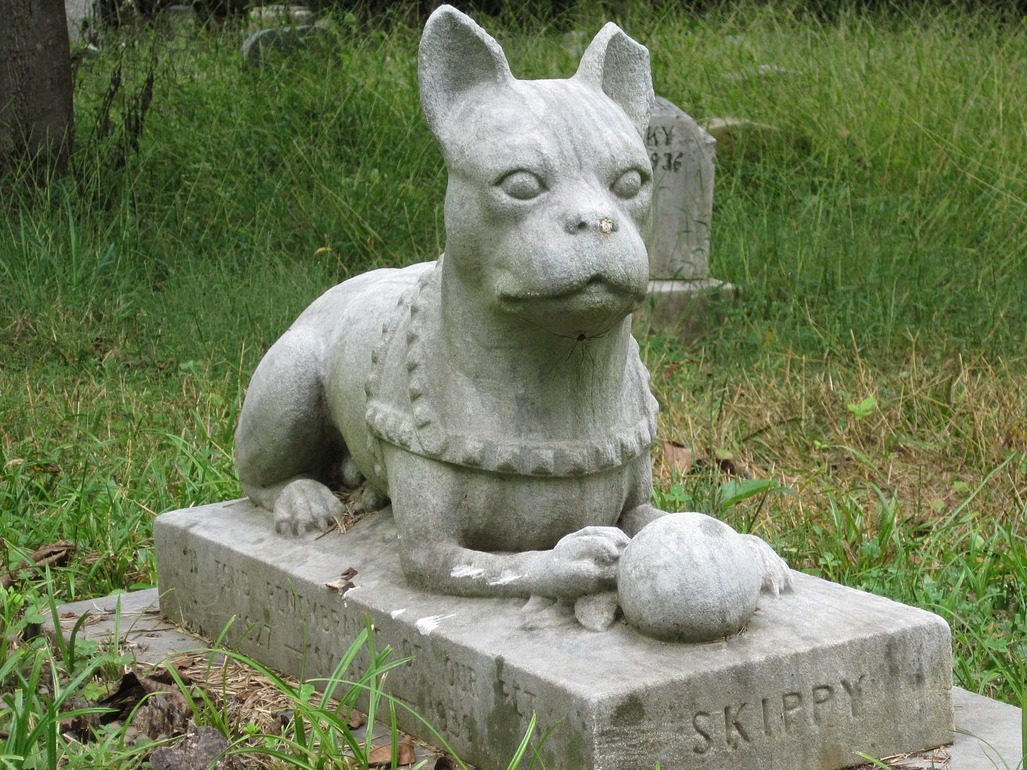
Options for a pet burial
As an alternative to cremation, you can choose to have your dog’s body buried. If you do decide to go down this route you must decide on a location. The two main options are at a pet cemetery or in your own property.
Burying a dog at a pet crematorium
A number of pet crematoria also offer burial services, and in some cases, it’s also possible to hold a dog funeral service. You should research this well in advance of the day of euthanasia if possible, including discussing options for coffins with the cemetery.
Advantages of using a pet cemetery include: cemetery staff prepare the grave and perform the actual burial – this is especially useful for large dogs; cemetery staff will maintain the grave; the burial site is likely to be more permanent; using a formal pet cemetery may convey a greater sense of respect and commemoration. Disadvantages include greater cost compared with a home burial, including possible on-going maintenance costs; and often a greater distance to travel when you want to visit the grave.
Burying a dog at home
Rather than burying their dog’s ashes, many owners prefer to bury their body at home in the garden, and it’s possible to order headstones or other ornaments to mark the grave site. If a home burial is performed it’s important the grave is sufficiently deep (1.25 metres deep is the recommendation) otherwise your pet’s body may be dug up and scavenged. This can be hugely distressing for any pet owner. You should also cover the grave site with rocks or stones for added security. When digging the grave site, be careful to avoid electricity cables, water pipes or similar. Also, avoid placing your pet’s body in a plastic bag as these are usually non-biodegradable meaning that the bag and its contents will not be able to degrade naturally over time.
A home burial means your pet will be laid to rest in one of their favourite spots and you’ll always be close by. It also provides a memorable location for a funeral or memorial service. Home burial does have its disadvantages. For example, digging a deep grave can be very hard work and there’s always the risk that if you move home you will no longer be able to visit the grave or ensure it’s not dug up. Home burial is not usually an option for rental properties and it may also be advisable to check with your local authority that it is allowed even in a property that you own yourself.
Burying a dog in a public place
Some owners may want to bury their dog in a place they both liked to visit such as a park or forest. It’s essential to check with your local authority whether this is allowed (as often it’s not). Remember also that graves in public spaces are more vulnerable to interference and desecration.
Other things to consider before a pet burial
You might want to have personal items buried or cremated with your pet’s body. This might include a special toy, blanket or a name tag. The crematorium will be able to advise on what is allowed. Lastly, you may wish to clip a bit of your pet’s fur as a keepsake.

Should my dog have a post-mortem?
This is a personal choice. In many cases, a post-mortem may not even be discussed as being appropriate. This is likely to be the case if your pet had already been diagnosed with a life-threatening condition or if they died of old age. A post-mortem may, however, be advised if your dog was euthanased on welfare grounds and the cause of their illness was not known.
What does a post-mortem achieve?
A post-mortem can provide more information about the illness or injury that resulted in the death of your pet. For some, this information provides reassurance that the decision to euthanase was the right one. This can help bring a sense of closure. Many people also like the idea of their pet’s death contributing to veterinary medicine and helping other animals. In complicated cases, where a diagnosis has not been made beforehand, a post-mortem can also provide valuable scientific information.
But some people are just not comfortable with the thought of their pet undergoing an invasive procedure such as a post-mortem. Others feel that it’s pointless because “it won’t bring our dog back”. If you’re unsure, speak to your vet about your options.
Who pays for a dog post-mortem?
The cost of a post-mortem usually falls to the owner. You should remember that the post-mortem may prove inconclusive and that cremation is usually the only aftercare option available following a post-mortem.
There are arguments for and against a post-mortem, and these depend on the patient. The most important thing is you’re comfortable with the decision you make. It’s usually preferable for a post-mortem to be performed as soon as possible after death and you should try to discuss this beforehand with your vet. This is important as not all veterinary practices can access post-mortem services in the necessary timeframe and special arrangements may need to be made.

